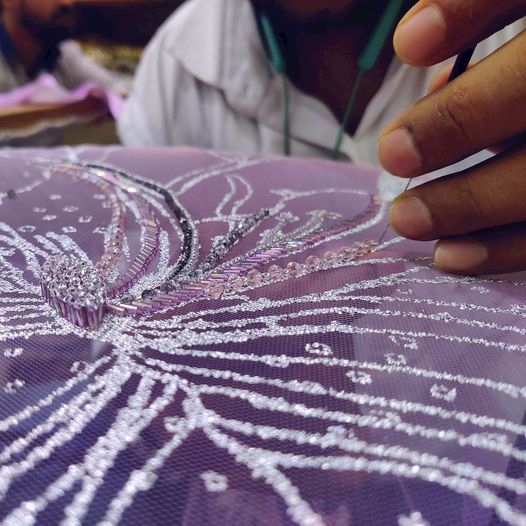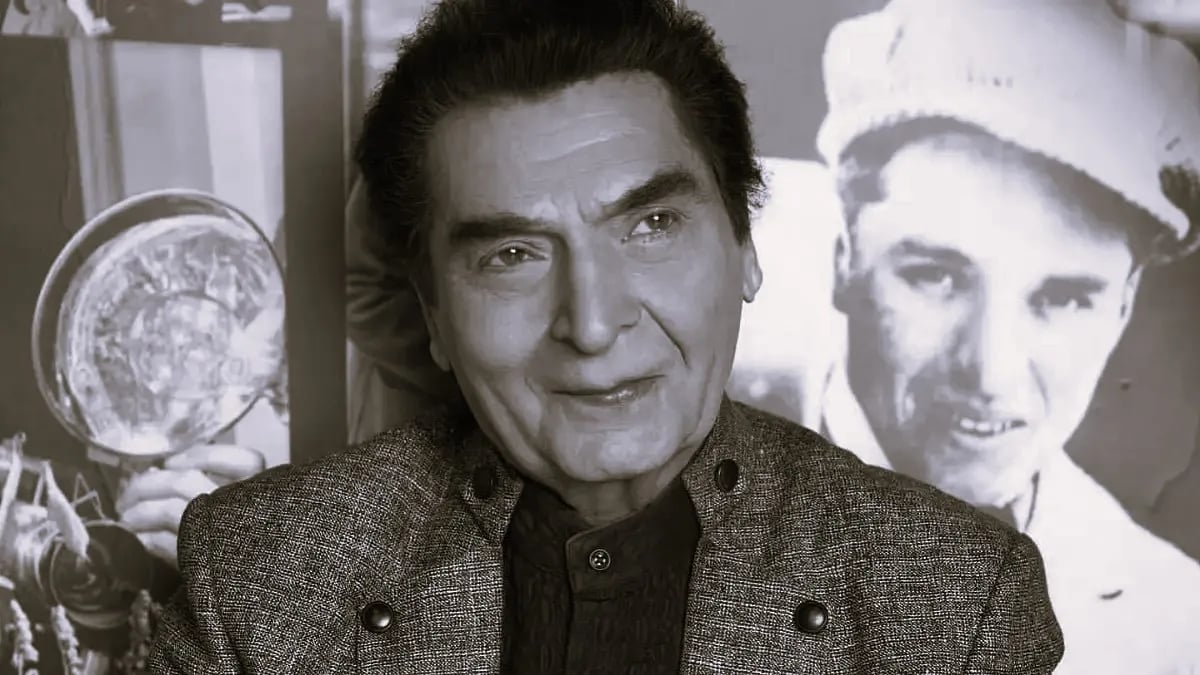The art and history of a nation are among those fascinating topics that never cease to attract our interest. We present one of the oldest traditions of our nation "The embroidery" which is a part of different parts of the country.
For our clothes, this embroidery is more than just a decorative element, it connects the tales of a particular community in their socioeconomic background as well as their natural surroundings and sociopolitical environment. Today, anything that can be made by hand is a symbol of elegance and has re-popularized and revived embroidery on dresses, sarees or kurta pyjamas, dupatta and many more. Designers from all over the world are working with the best local artisans, and with a commitment to the well-known design of embroidery, they are launching their own collection.
These are the most popular and well-known types of Indian embroidery.
* Chikankari
The process of making of chikan works is known as Chikankai. It is a delicate hand-made work created by hand on silk, muslin and organza, chiffon etc. In India Chikankari's center is Lucknow and is most well-known as Lucknawi Chikan. This kind of embroidery is typically performed on thin and breathable fabrics since the needle employed in chikan can't be able to pass through thick fabric.
* Gota Patti
The origins of the art, which are from Rajasthan in India It is the most popular style of the art Gota Patti or very famously known as gota work. Utilizing the technique of applique, this embroidery takes place when Zari ribbons are cut into tiny pieces and then placed on the fabric, stitched edges to make patterns. The initial embroidery was created using the traditional gold and silver metals However, with time, it's replaced with copper-coated silver since the process was expensive in the traditional way.
* Kashmiri Kashida
In India Kashida is a well-known name is known as Kashmiri Kashida and derived from the natural beauty of Kashmir Valley. Kashmir Valley its design is believed to be influenced by. Through the use of two or more stitches, known as Kashmiri stitch the pattern of embroidery is made using pashima, crystal threads or threads of leather. Traditionally, it is made on silk, wool or cotton fabrics in pastel, white or cream color palettes.
* Phulkari
The main ingredient of the vibrant and vibrant province of Punjab can be seen in the Phulkari design of embroidery. Mostly geometric patterns and is made using silk threads woven on coarse, hand-made cotton. Phulkari costumes are traditionally the major element of a bride's wedding trousseau, and the motifs express their emotions.
* Kantha
Its origins are in east-central region in the Indian subcontinent predominantly located in West Bengal, kantha is an embroidery style. The traditional art of embroidery was performed on sarees, blankets and soft dhotis with simple designs along the edges. In the rural parts in the State, this was an important part of the their daily income.
* Toda
Toda embroidery is a part of the culture of Tamil Nadu from the past many centuries . Its roots are in the Toda community of Nilgiris. "Pukhoor" that means flower is the most common name for the hand-crafted embroidery. Usually, it is performed on white or off white fabrics with cross stitch pattern in red and black threads that create geometric and celestial designs.
* Kasuthi
Originating from the territory in the Karnataka state in India, Kasuthi is a very well-known art style. The embroidery is mostly executed on dark colored fabric with patterns inspired by the chariots, temples birds, animals and flowers among many others. Instead of the patterns for embroidery on certain clothes such as sarees, the overall appearance is that of woven designs.
In various states in India Traditional embroideries from various states of India are described as a feeling of aesthetic and vibrant design on a variety of fabrics with a variety of colours threads as well as motifs and designs. every one of these artistic creations the influence comes in the nature and environment of each state. (Moledro)








 OpinionExpress.In
OpinionExpress.In















Comments (0)